‘A Colloquy of Birds’: Alison O’Donnell and Gayle Brogan Let Folklore Take Flight
At the heart of ‘A Colloquy of Birds’ lies more than a love for wings and feathers. There is a quiet urgency here, a sense that these songs, like the birds they follow, might vanish before we fully understand them.
Alison O’Donnell and Gayle Brogan come from different generations, but they are linked by something instinctive. Together they’ve made an album that listens as much as it sings. You can hear robins in the hush of a Dublin night, remember the old belief that magpies bury their dead, and see gulls drifting across skies heavy with old stories.
This is not just a glance toward the past or a soft ache for what used to be. It’s actually a very vivid remembering, rooted in the feel of wind on skin and the slow shift of light through the year. The beauty is strange, even a little uneasy. It lives in the weather, in the way things move and change when no one is watching. From that place something opens. Not memory exactly, and not dream. I guess something in between.
With Grey Malkin, Alan Davidson, and David Colohan adding their voices, the album grows beyond a simple collection of songs. It becomes a kind of channel, running from air to earth. The cry of one bird becomes a signal, and the silence that follows carries its own weight. This is the sound of the avian world, shaped by time, shaped by stillness. And maybe now we are ready to listen.
Alison O’Donnell stands as a venerable figure in the psych-folk world, her influence spanning nearly six decades. From her iconic work with Mellow Candle, particularly the revered ‘Swaddling Songs,’ to collaborations with United Bible Studies and The Owl Service.
Similarly, Gayle Brogan brings her own profound depth to the collaboration. As solo artist Pefkin, she crafts enchanting drone hymnals to the natural world. Her versatility shines in projects like the folk duo Burd Ellen, the estuarine explorations of Greenshank, and the psych-folk trio Meadowsilver. A keen ornithologist, Gayle’s intimate understanding of birds enriches every note.
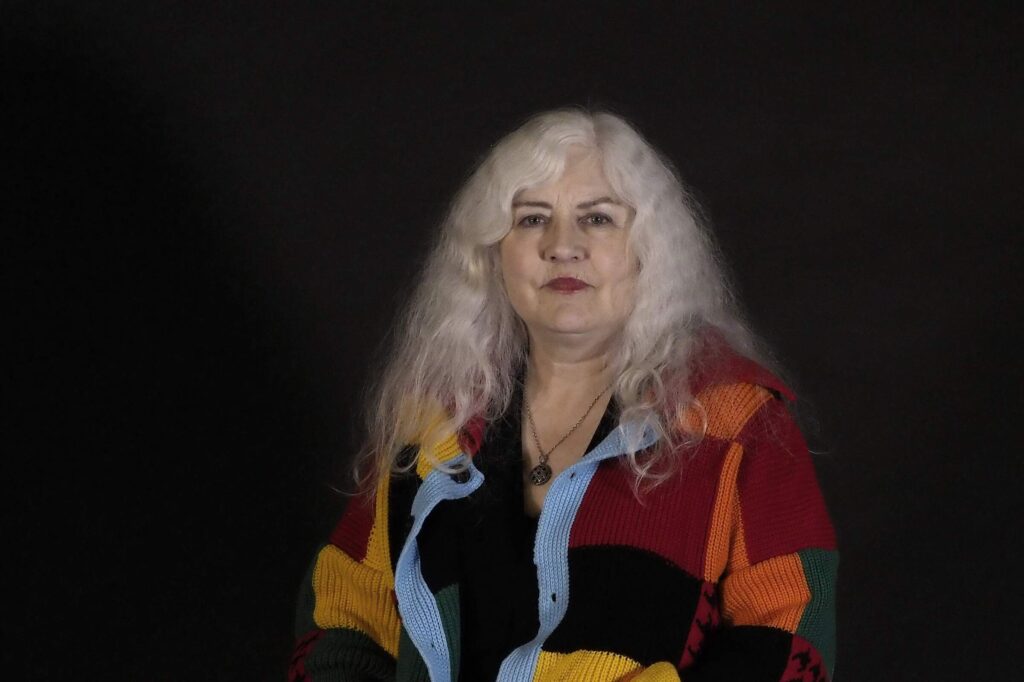
“If we lose these species, we lose something of ourselves and our historical connection to birds.”
What specific bird behavior or vocalization sparked the initial concept for a song or the album A Colloquy of Birds? What did that “conversation” sound like to you?
Alison O’Donnell: I was living in London but staying at my mother’s house in Dublin about thirty years ago. Whilst walking back to her house in the dead of night during the Christmas holiday period, I saw and heard a robin singing to its heart’s content. I was entranced and stayed to listen for a while. I had once heard a nightingale in the same area twenty years before that, but the robin’s voice stayed with me forever and sparked much more of an interest in birds than I experienced during my childhood.
Gayle Brogan: Alison had the original concept and contacted me to see if I wanted to collaborate, which I did of course. I’m a birdwatcher and bird obsessive. When we were discussing which birds to write about, I told Alison about magpies being thought to hold funerals for fallen comrades. I’d read some research that when they find a dead magpie, they spend some time with the corpse and can lay leaves and flowers over and around it, suggesting they have an understanding of what death means. She incorporated that into her song ‘Ten for Devouring a Bogey Pie.’ The conversation took place throughout 2018 and 2019, I think, and consisted of sending tracks back and forth between myself, Alison, Alan Davidson, Grey Malkin, and Dave Colohan.
Alison, considering your extensive career in folk and psych-folk, how did your past experiences, particularly with Mellow Candle, inform your approach to interpreting and incorporating bird folklore in your collaboration with Gayle on this album?
Alison O’Donnell: My first nineteen years were spent living with views of the sea and two parks, one in front and one behind my childhood home. There were daily interactions with birds. I saved a few from local cats. I put them in a shoebox in the hot press overnight. Sometimes they survived, sometimes they didn’t. The first mention of birds arrived on the late seventies Flibbertigibbet album ‘Whistling Jigs to the Moon’ with my song ‘The Blackcap.’
Gayle, as an avid birdwatcher, were there any specific pieces of bird folklore that you found particularly surprising or deeply resonant, and how did those discoveries influence the songwriting process for A Colloquy of Birds?
Gayle Brogan: I was aware of certain aspects of folklore around birds, such as the arrival of spring migrants being used to foretell the weather or success of the summer growing, or around the crucifixion, but found some surprising birds within that, for example the stonechat. This is a bird I saw frequently in Ayrshire and it is resident in the British Isles, unlike other migrant species that have similar folklore around their first spring sightings (the cuckoo being a good example). It made me wonder where that came from. I was also previously unaware of the crossbill’s association with the crucifixion and again was aware of birds with red feathers being associated with Jesus’ blood. For me, I was drawn towards those more unusual tales.
Given the generational difference between you, how did your individual musical backgrounds and approaches to folk music blend and sometimes challenge each other during the creation of this album? Were there any unexpected territories you found yourselves exploring?
Alison O’Donnell: Generational differences don’t affect me when I embark upon recorded works. I am older than most of the musicians and singers I work with. It didn’t really occur to me until it was mentioned in another interview for this album. Gayle and I worked fairly seamlessly together. She is something of a bird and insect specialist, so I had to do a lot of research in writing my songs for this project.
Gayle Brogan: Like Alison, the difference in age and generation didn’t come into my head at all. Alison definitely has more of a grounding in folk and songwriting than I do. I tend towards writing more amorphous, experimental work, so it was a massive challenge to write in a verse structure and keep songs brief.
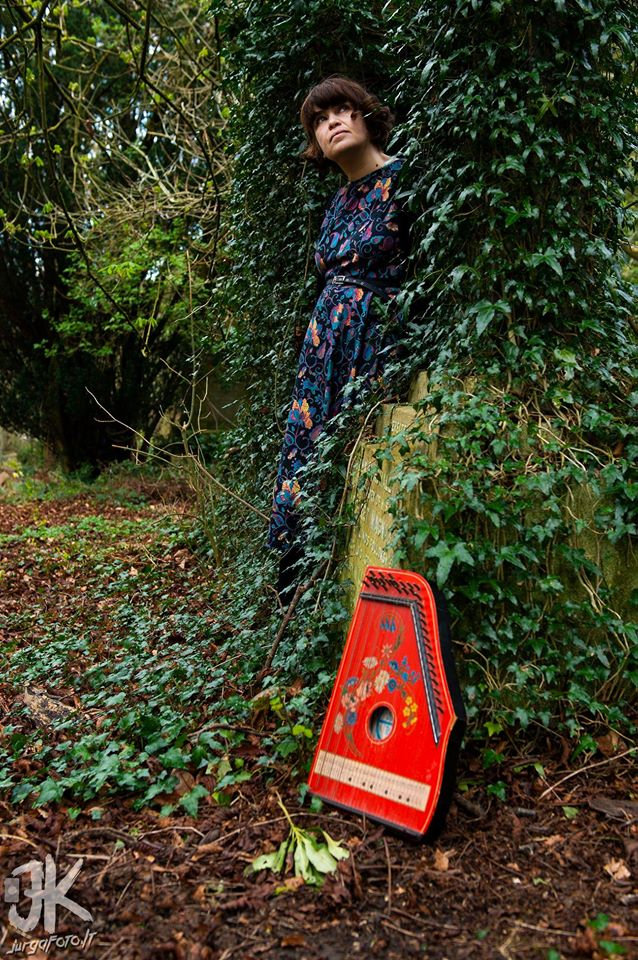
Your album explores both well-known and esoteric bird folklore. Could each of you share an example of each type that is featured on the album and explain why you chose to include them?
Alison O’Donnell: Most people know the magpie rhyme and we see plenty of them in Dublin, so I imagine ‘Ten for Devouring a Bogey Pie’ would strike a chord with many. I knew the more commonly recited rhyme than is featured in the song. On the other hand, there are a great number of varieties of geese, so perhaps picking one for a song would appeal to bird lovers who may only have knowledge of a few of the more well-known breeds. Some say the barnacle goose should be classed as a fish. In the Middle Ages it was thought they hatched from barnacles on driftwood and so, for religious reasons, it was permissible for them to be consumed during Lent and on Fridays when meat was not allowed. The belief was that they came from shellfish rather than eggs.
Gayle Brogan: I absolutely love the song Alison wrote about the magpie. I chose to write about gulls being seen as the souls of lost sailors and welcomed and fed as companions aboard fishing vessels, which I think is fairly well known as folklore. I love writing about the sea, so choosing that was a no-brainer for me. I really wanted to write about the crossbill, as the Scottish species is Britain’s only endemic bird species. I was familiar with the robin and goldfinch being present at the crucifixion and their feathers becoming red with blood from trying to free Jesus. The explanation in folklore for the crossbill’s crossed beak is that it became twisted from trying to remove nails from the cross.
Considering the current decline in bird populations, how do you hope ‘A Colloquy of Birds’ will function as a way to remember and perhaps even revitalize the significance of birds in our cultural consciousness and belief systems?
Alison O’Donnell: For instance, the corncrake is a shy bird facing a drastic population decline due to intensive farming practices. There’s a small number in a couple of counties in Ireland. Birdwatch Ireland frequently campaign to raise funds to find ways to boost their numbers. I hope that the inclusion of ancient superstitions and folklore surrounding the birds we have chosen will pique people’s interest to get more involved.
Gayle Brogan: There are a number of red-listed bird species represented on the album: corncrake, curlew, tawny owl, some of our geese species, herring gull. It was a deliberate choice to highlight that if we lose these species, we lose something of ourselves and our historical connection to birds. Personally, I find bird folklore fascinating and we included reference books in the album credits to encourage listeners to investigate further.
Alison, having collaborated with newer generations of musicians previously, what was it about Gayle’s work and artistic vision that made this particular collaboration focused on bird folklore feel compelling to you?
Alison O’Donnell: It was a no-brainer to ask Gayle to join me in creating an album featuring birds. I know of her extensive knowledge and work with various collaboratives, and we move in some of the same psych-folk circles.
Gayle, your project Pefkin explores drone hymnals to the natural world. How did the more structured song format of ‘A Colloquy of Birds’ differ from your solo work, and are there any elements from Pefkin that subtly influenced this collaboration?
Gayle Brogan: As I mentioned in another answer, it was a massive challenge to write much shorter and structured songs. I also never pay any attention to establishing a specific time signature, so that can be tricky for people to then have to add vocals or instruments when my songs are in Pefkin time. ‘The Blessed Stain’ and ‘Life Within the Cold Shell’s Exterior’ are more drone-based, the latter also being more electronic.
Could you both discuss the role of your musical collaborators – Grey Malkin, Alan Davidson, and David Colohan – and how their individual contributions enhanced the album’s exploration of bird folklore? Were there specific instruments or sonic textures they brought that were particularly important?
Alison O’Donnell: Those three musicians bring their different skills to the album. Alan’s shimmery guitar was particularly conducive to the psych-folk sound on some of the tracks. Grey’s multitude of instruments in instrumental passages always gave variety, and Dave’s lovely Crumar, resurrected after many years, albeit still smelling of cigarette smoke, is always a lovely thing. I’m familiar with Grey’s work on numerous collaborations and I’ve known and worked with Dave for seventeen years, most notably in United Bible Studies.
“To marry those mental pictures to the folklore and superstitions of birds from aeons ago was not an imaginative stretch.”
The cover art for the album is by James Green. Can you share the concept behind the artwork and how it visually complements the themes and atmosphere of ‘A Colloquy of Birds’? Were there specific details you discussed with him?
Gayle Brogan: James is a renowned printmaker. I was unable to use the original artwork that was done back in 2019 due to several reasons, most pressingly potential copyright issues. I know and love James’ work and knew he would produce something really eye-catching that would look great on CD as well as vinyl. I didn’t really discuss details or concept, just trusted him to do a good job.
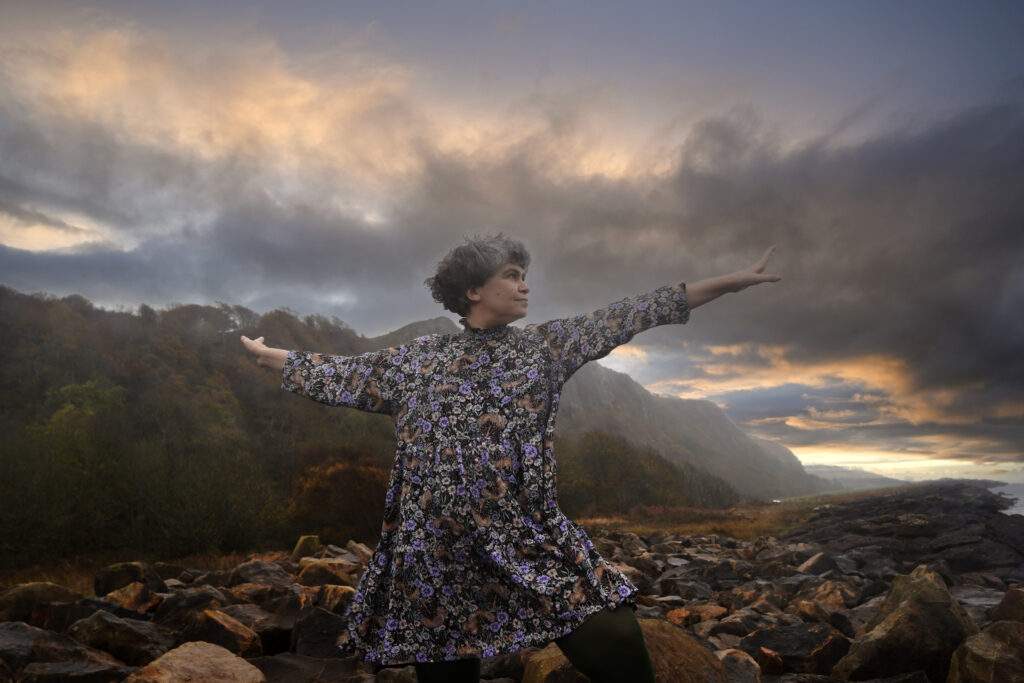
Beyond the specific folklore explored in the songs, what is your personal relationship with birds and the natural world, and how did those personal connections intertwine with the more traditional aspects of the album’s themes?
Alison O’Donnell: I grew up with animals, birds, the sea and open spaces all around me, so my songs from a young age reflected those elements. Although that time is long past, I live with those images and memories often on my mind. To marry those mental pictures to the folklore and superstitions of birds from aeons ago was not an imaginative stretch.
Gayle Brogan: I spend a lot of time out in the countryside near where I live now (Sheffield) and the natural world informs most of my writing as Pefkin. I’ve long incorporated spending time amongst birds into daily rituals, so it’s only natural that it makes its way into my songwriting as Pefkin. The songs for this album fell more into storytelling and allowed me to showcase another side of my love for birds.
Klemen Breznikar
Pefkin Official Website / Facebook / Instagram / Twitter / Bandcamp / YouTube
Alison O’Donnell Official Website / Instagram / Twitter / YouTube
Sonido Polifonico Facebook / Instagram / Bandcamp
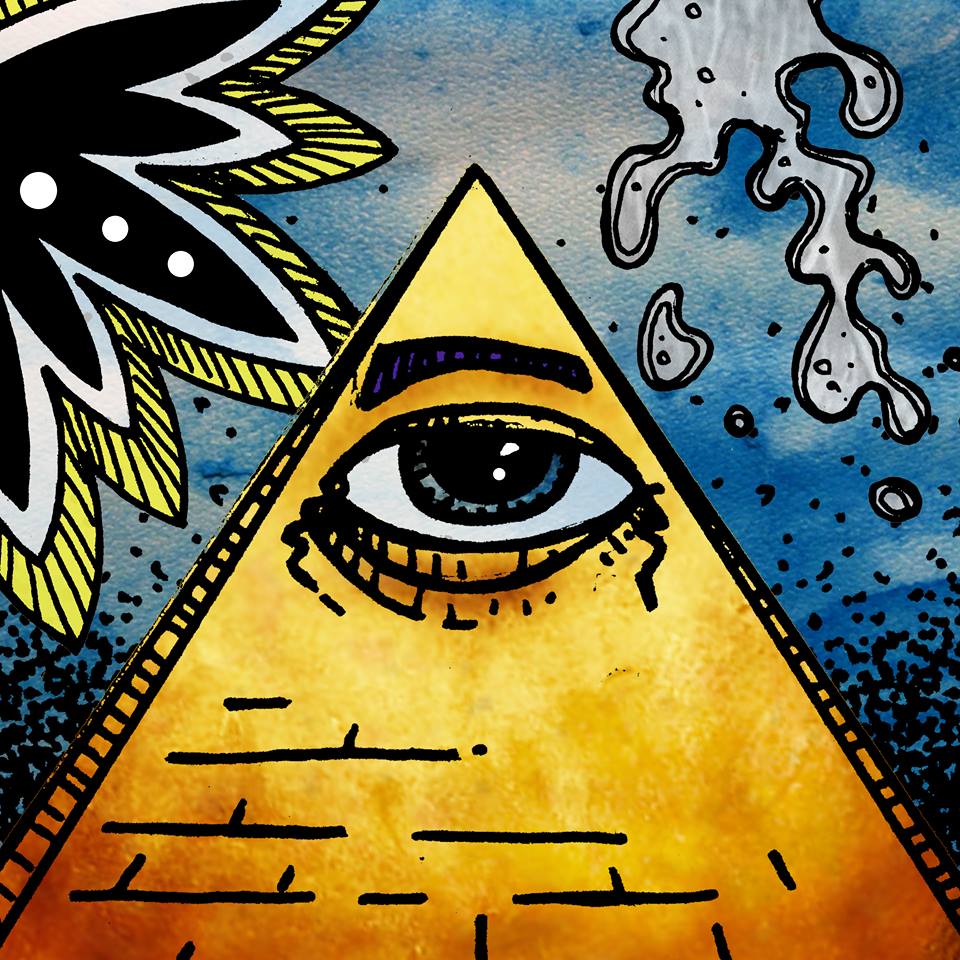
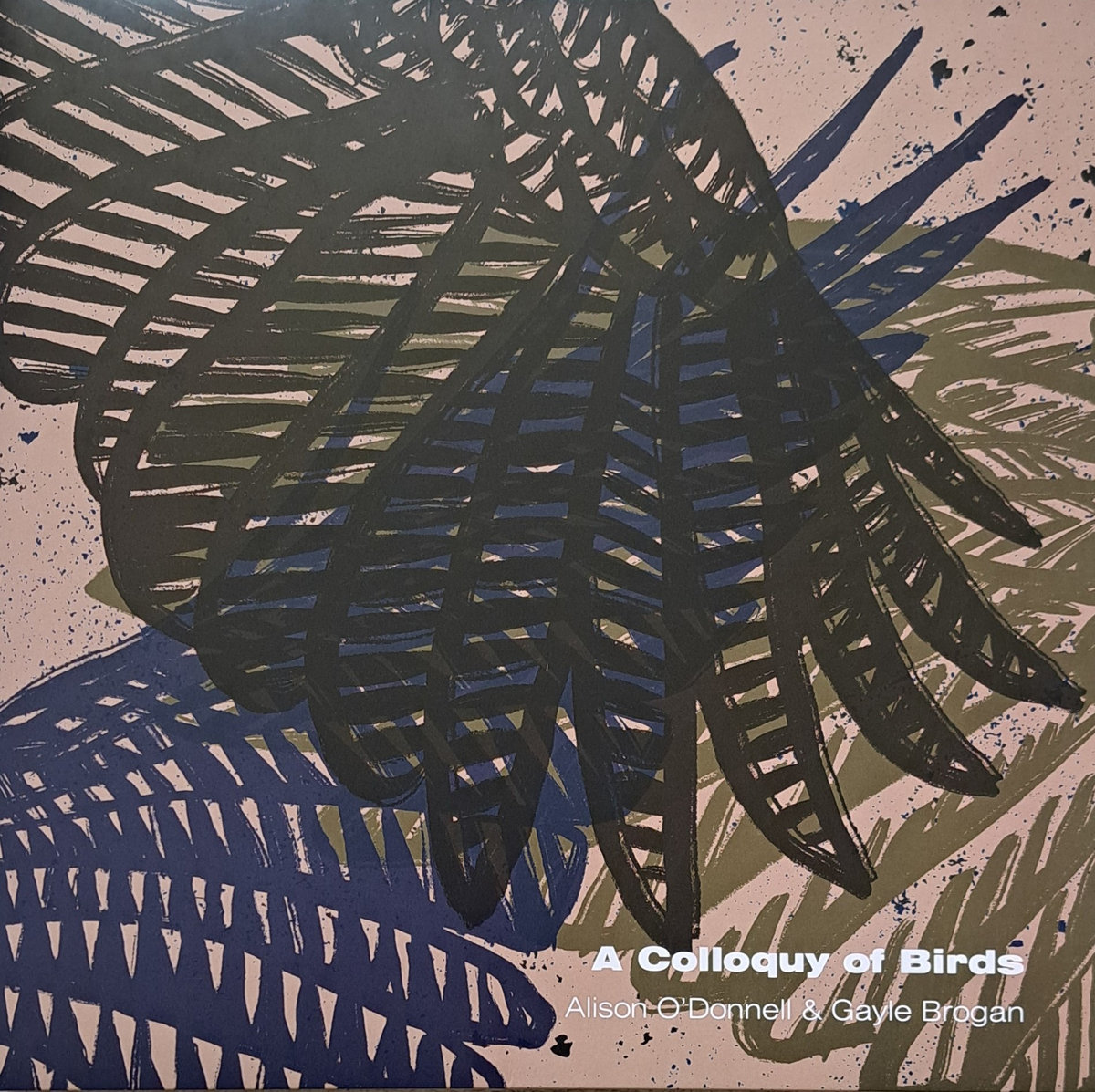

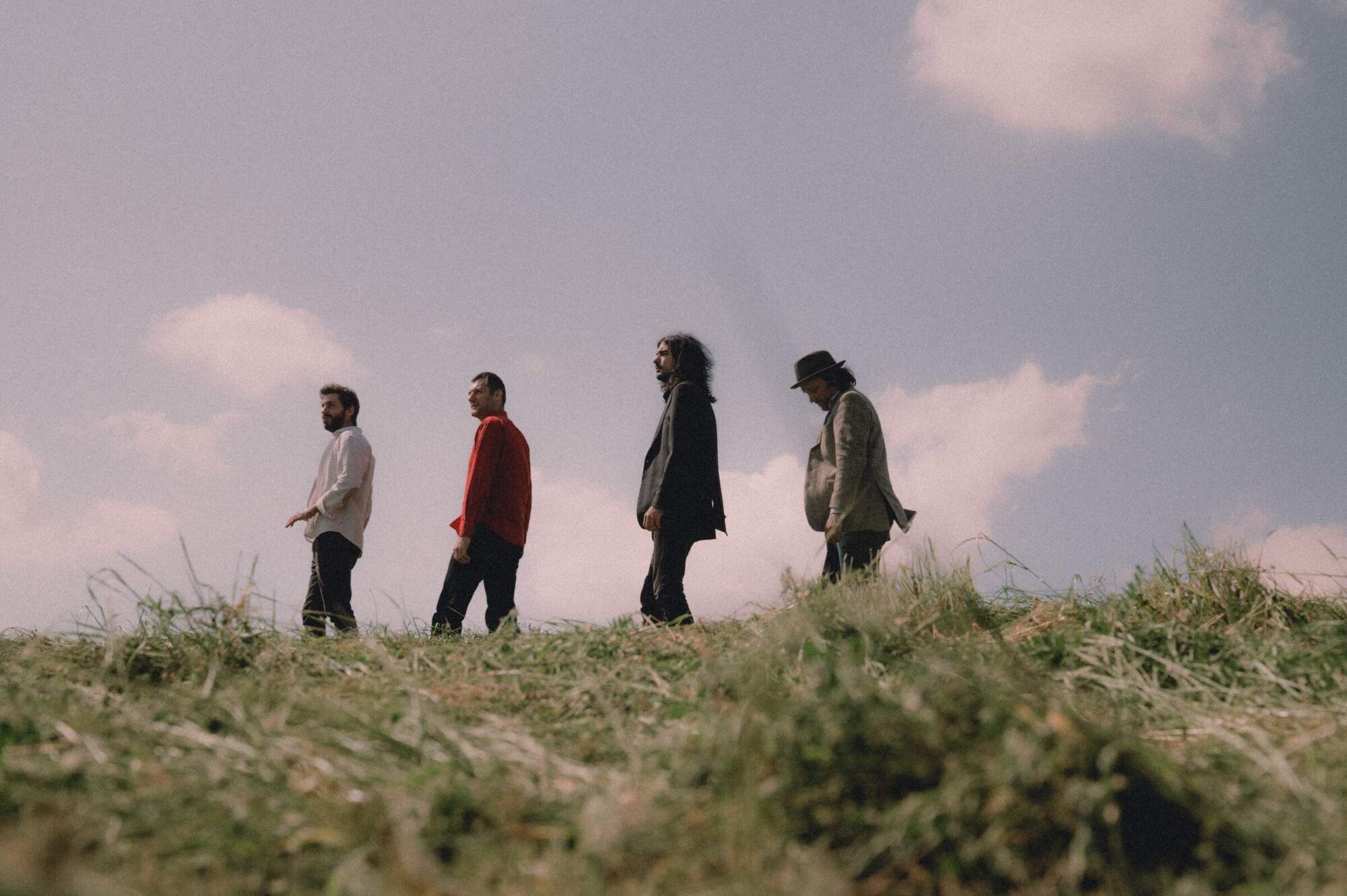
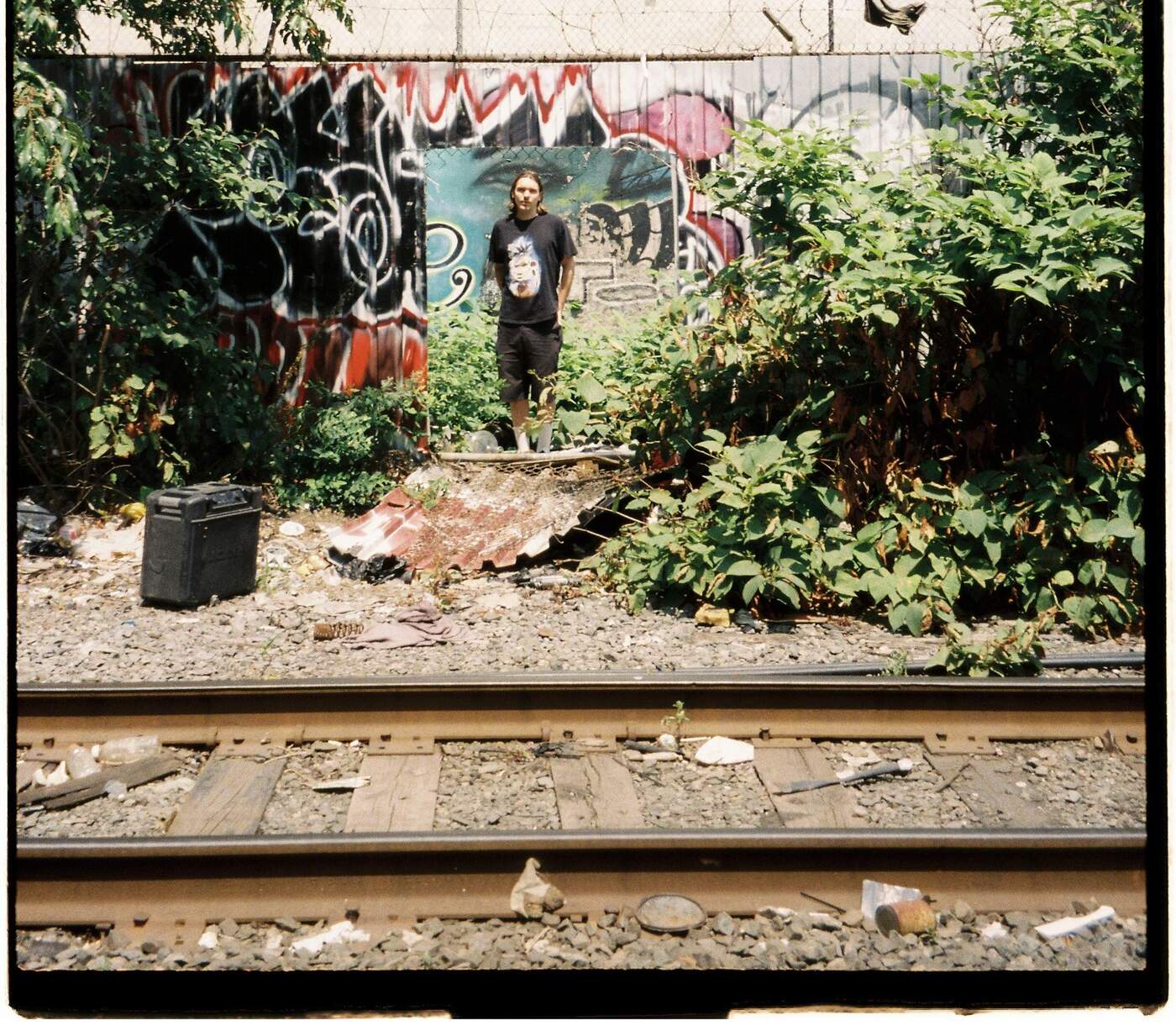
A great little insight into the creation of this beautiful lp. Thank you.